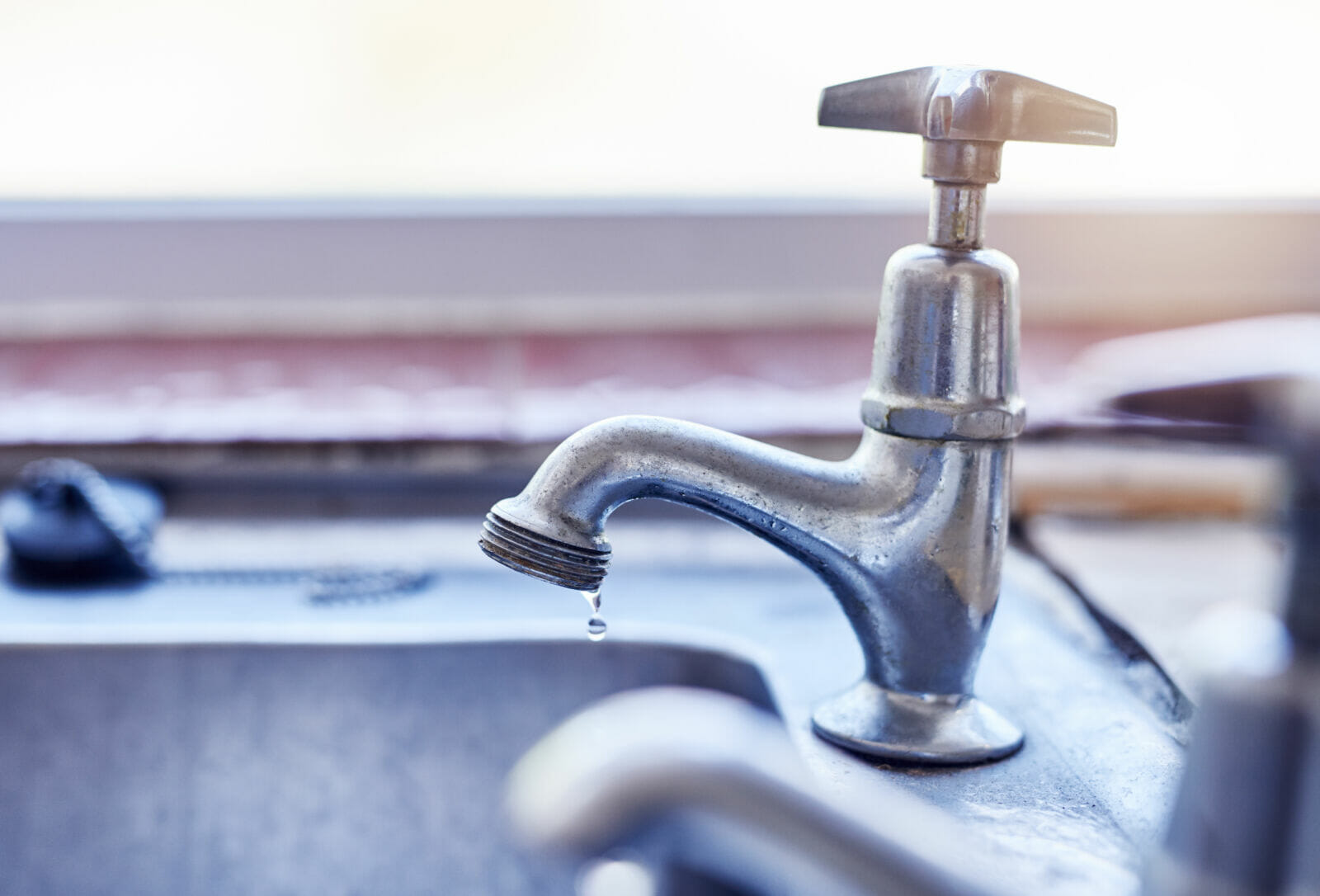Hundreds of thousands of visitors are flocking to Phoenix for Super Bowl LVII and the WM Phoenix Open as sports worlds collide. Golf in Scottsdale and football in Glendale opens Phoenix to groups of people who have never experienced the perks of the desert – beautiful weather, top notch dining and amazing entertainment. However, many national headlines in recent months have focused on the Arizona water shortage, falling water levels at Lake Mead and Lake Powell, and how states affected by the Colorado river shortage recently missed the deadline for a deal on water cuts.
At Halpern Residential, we’ve received quite a few questions with concerns over the Arizona water shortage and how Arizona’s planned water cuts may affect homeowners and the real estate market in general. Below we explore the current state of Arizona’s historic drought conditions, the changes being made at the government and industry level and what homeowners can do to curb water usage.
DEEPER DIVE: What Phoenix housing market buyers and sellers can expect in 2023
What are the current drought conditions in the West?
About 88% of the western US is currently experiencing severe and extreme drought conditions. Lake Mead and Lake Powell supply much of the water we use from the Colorado River, and both are at historic low record levels. The Colorado River and its tributaries supply water for 40 million people in Colorado, New Mexico, Utah, Wyoming, Arizona, California, and Nevada. In 2019, these seven states signed a drought contingency plan, which takes effect if a water shortage occurs.
What is the Colorado River deadline that passed with no deal on voluntary water cuts?
The seven states that rely on the drought-stricken Colorado River failed to meet a Jan. 31 federal deadline to strike a deal on voluntarily cutting water use, an impasse that could eventually prompt the Biden administration to impose cuts as we continue to deal with record low reservoir levels.

After negotiations reached a standstill, all the states except California (that will submit independently), submitted a proposal to the Bureau of Reclamation that outlined ways to reduce water use and factored in water that’s lost because of evaporation and leaky infrastructure. The proposal, titled the “consensus-based modeling alternative,” outlined an approach to help protect Glen Canyon Dam and Hoover Dam infrastructure, water deliveries and power production and prevent the Colorado River’s reservoirs from reaching “dead pool”, which happens when water drops to a level so low that it can’t move downstream from the dam.
Unfortunately, the failure to reach a deal marks the second time in six months that the seven states using Colorado River water have missed a deadline to agree on cuts under the Interior Department, which manages flows on the river. Historically, states have figured out how to share the Colorado River water, but if an agreement isn’t reached, the responsibility will be placed on the federal government. The Bureau of Reclamation is set to release in March a draft of its proposal on how it operates Glen Canyon and Hoover dams and will consider the six states’ letter as part of that plan.
How has the government’s water reductions affected Arizona?
The Biden administration has urged the seven states to save between 2 million and 4 million acre-feet of water, or up to a third of the river’s average flow. For comparison, California is entitled to use 4.4 million acre-feet of river water per year and Arizona is entitled to 2.8 million acre-feet per year. (An acre-foot of water is about what two average households consume each year.)
So far, Arizona has taken the brunt of the government’s water reductions — particularly the state’s farmers, who grow produce in the desert and use nearly three-quarters of the available water supply to irrigate crops. Interestingly, though, as land being used for agriculture is sold off to residential developers, the strain on the water supply is lowered. People in their homes use far less water than farmers. So, if our population expansion displaces agriculture for homes, the net effect is positive for water use.
What can I do as a homeowner?
With the potential of an Arizona water shortage, there is a lot you can do to be mindful of water waste inside and outside your home including:
- Fill your yard with drought-resistant plants that don’t require consistent watering such as different species of cactus, succulents, and palms.
- Invest in lawn irrigation technology and upgrade to high-efficiency sprinklers and nozzles that use less water.
- Water your yard less frequently and do it earlier in the morning before the sun can evaporate the water.
- Replace your grass with synthetic turf. There’s quality artificial grass that looks just like the real thing. Las Vegas recently announced its removing 30% of non-functional grass to conserve 10% of its water supply.
- Don’t install water features like decorative fountains in front of your home.
- Inside your home, install dual flush toilets, low flow faucets and showerheads.
Author: Trevor H. Halpern, J.D. is the #1 independent agent at Phoenix-based North&Co. and the CEO of Halpern Residential. As a Phoenix native, Halpern’s deep knowledge of both people and property has allowed him to create client success in all areas of town.




